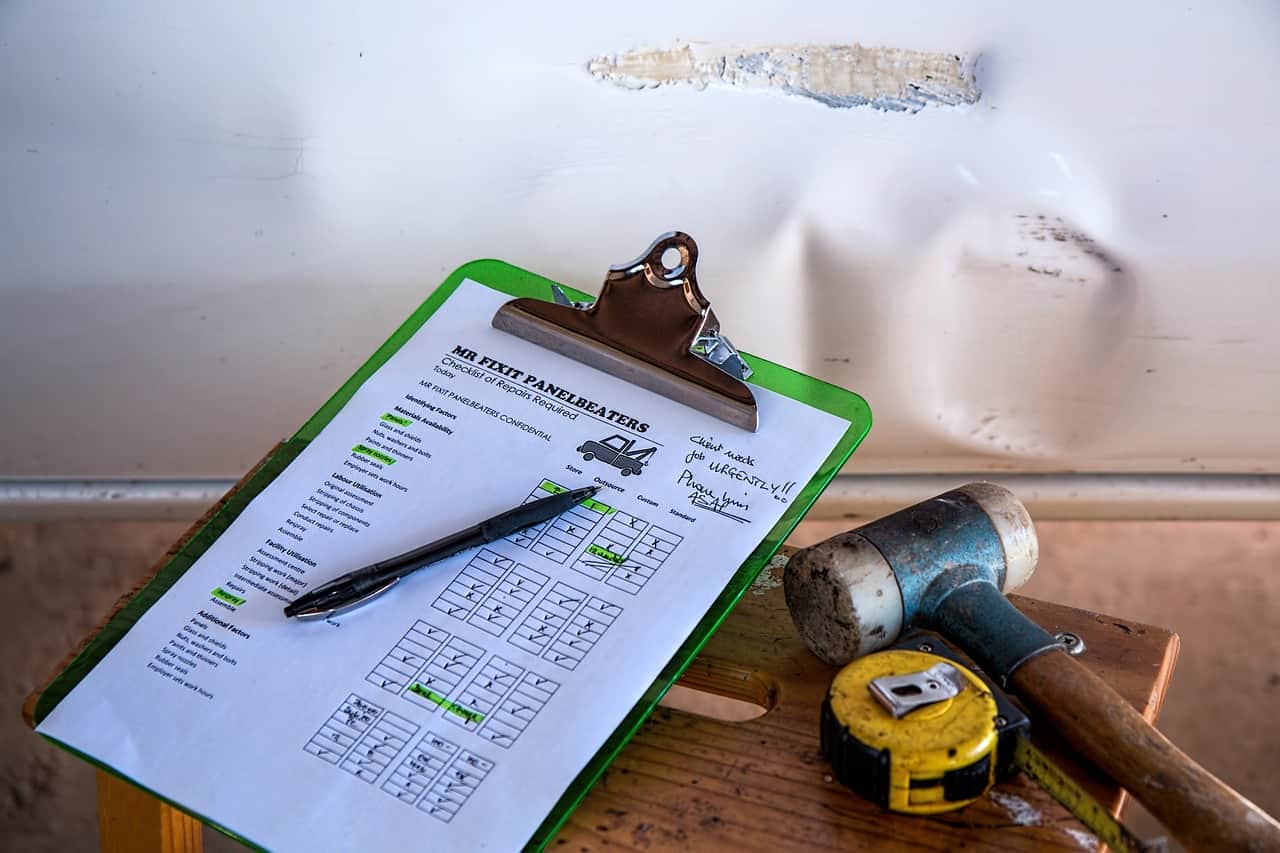EXPLAINER: How different types of insurance work
Marlene Scicluna
- Home Ownership, Money Lessons, Super & Insurance

Insurance is designed to protect you and your most valuable possessions against unexpected damage or loss.
With no insurance on your home, contents, or vehicles, you may be responsible for any costs ensuing from mishaps.
Therefore, it’s important to understand different types of insurance and what’s covered, so that you have the right coverage for your needs and budget.
How does insurance work?
Typically, insurance policies are effective for one year. At the end of its term, you can renew the policy or buy a new one.
Some people may only opt for basic cover whilst others may prefer a comprehensive one. Whichever option you choose, it’s important to understand what you’re covered for.
What determines what you’ll pay for insurance?
Once you choose the right policy for your circumstances, you are required to pay a premium. Your premium is based on several factors, namely:
- Type of cover chosen: the more you’re covered for, the higher the premium.
- Previous claims
- Your asset: If you have a more expensive home, car or belongings to protect, it’s likely you’ll pay more to insure it.
- The insurer’s risk assessment: This is how the insurer determines how likely it is that they may have to make a payment to you. This may be particularly if you’re located in a flood or bush-fire prone area.
- Level of excess selected; this is the amount you pay if you make a claim: choosing a lower excess increases your premium.
- Any optional extras, for example, if you choose coverage for jewellery, belongings you take outside with you like laptop, phone, etc.
- Any discounts you’re eligible for.
- How you pay your premium: whether you choose to pay as a lump sum or by instalments.
Insurance to protect your home and property
Home insurance should reflect the current costs to rebuild your house in the event of total loss. It shouldn’t be based on market value, nor the price paid for the property.
Contents insurance covers the household items and personal belongings. It is based on the replacement value of appliances, furniture, jewellery, clothes, crockery, linen… anything kept inside the home.
Contents insurance may also cover accidental injuries at your property, and any legal fees if there was a court claim against you.
Bundling home and contents insurance is generally cheaper than having separate insurance policies, and may offer two options:
- A total replacement cover, which reimburses the full cost of rebuilding or restoring your home to the condition prior to the incident, or
- A sum insured cover, which covers you to a predetermined sum.
Additionally, landlords and renters have specific insurance options.
Landlord insurance often protects property owners for the situations covered by home insurance, as well as loss of rental income.
Renters insurance often protects household and personal belongings along with legal liability in case of unforseen events. It may also cover temporary accommodation and removal of debris in case the rental property is unfit to live in.
Coverage can differ between insurers, so always read your insurer’s Product Disclosure Statement (PDS).
Car insurance
There are four types of vehicle insurance available:
- Compulsory Third Party (CTP) insurance covers accidents caused by the driver, which result in death or injury to others. This is mandatory for all vehicles on Australian roads, and, in some States and Territories, it is included in the vehicle’s registration.
- Comprehensive car insurance typically has the highest premium as it provides the top level of cover, regardless of who’s at fault.
- Third Party Property Fire & Theft covers damage you cause to other vehicles or property while driving. It also covers your vehicle if it’s vandalised, stolen or destroyed by fire.
- Third Party Property usually has the lowest premium and covers damage you cause to other vehicles and property, but not damage to your own vehicle.
Ways to save on insurance
Tailoring your policy to suit circumstances may save you money. For example:
- Opting for a higher excess to be paid by you if you make a claim.
- Choosing a ‘pay as you drive’ policy if you don’t drive your vehicle that often.
- Restricting drivers under a certain age from driving your car.
- Enquiring about a No Claims Discounts based on your driving history.
- Not selecting optional extras like windscreen cover, roadside assistance or temporary car hire.
- Looking into discounts.
Reviewing insurance policies annually may not only save you money, but also ensures that coverage reflects your changing circumstances.
Like every article on TomorrowMoney, this is not personal financial advice.
Let us know if you liked this article
Let us know if you liked this article




